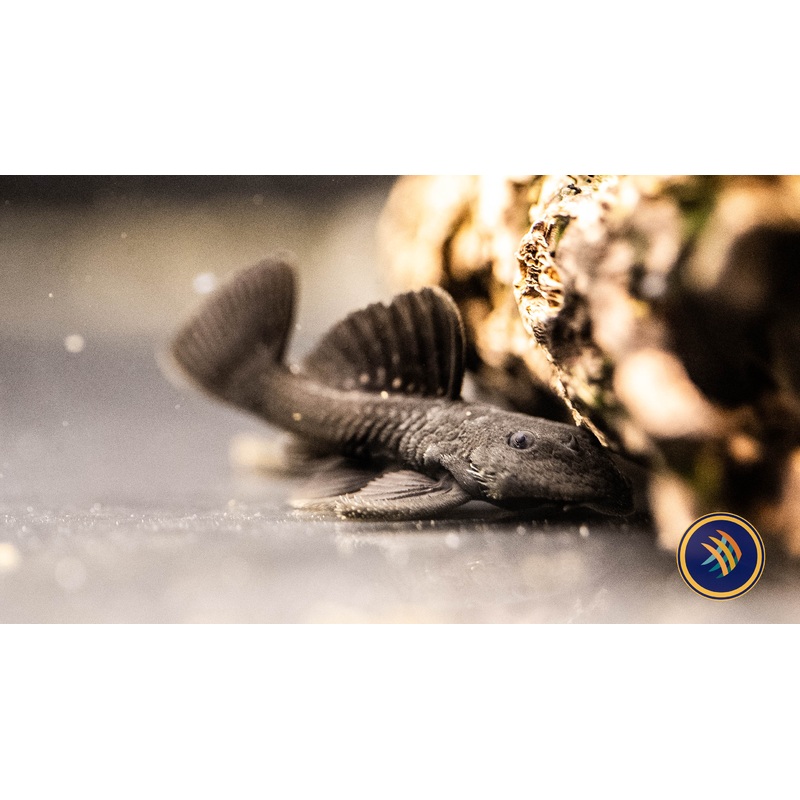
The L056 Chubby Pleco, scientifically known as Parancistrus Aurantiacus, belongs to the Loricariidae family, commonly known as the Pleco or Plecostomus family. This species is also commonly referred to as the "Orange Seam Pleco." Here are the specific details about the L056 Chubby Pleco:
Temperature: The ideal temperature range for the L056 Chubby Pleco is between 73F to 82F (23C to 28C).
Minimum Size Tank: To accommodate the L056 Chubby Pleco comfortably, it is recommended to provide a tank with a minimum capacity of 50 gallons (190 liters).
Feeding Habits: L056 Chubby Plecos are primarily herbivores, and their diet consists of algae and other plant matter. They also appreciate occasional feedings of sinking pellets, wafers, or other vegetable-based foods.
Habitat Preference: In their natural habitat, L056 Chubby Plecos can be found in fast-flowing, well-oxygenated rivers and streams, often in areas with rocky substrates and plenty of hiding places such as caves and crevices.
Water pH Level: The recommended pH range for L056 Chubby Plecos is slightly acidic to neutral, typically between 6.5 to 7.5.
Behavior: Chubby Plecos are generally peaceful fish, but they can become territorial, especially when housed with other bottom-dwelling fish species. They are known for their habit of clinging to surfaces, such as rocks and driftwood, using their sucker-like mouths.
Solitary: L056 Chubby Plecos are solitary fish and prefer to have their own space within the aquarium.
Nocturnal: They are primarily nocturnal, meaning they are most active during the nighttime hours and tend to rest or hide during the day.
Bottom Dweller: Chubby Plecos are bottom-dwelling fish that spend most of their time foraging for food and exploring the substrate of the aquarium.
Color and Other Details: The L056 Chubby Pleco is characterized by its distinct chubby appearance, vibrant orange seams, and intricate patterns on its body. They can grow to a considerable size, reaching up to 10 inches (25 centimeters) in length, and they require ample space and hiding spots in the aquarium to exhibit their natural behaviors and thrive.
